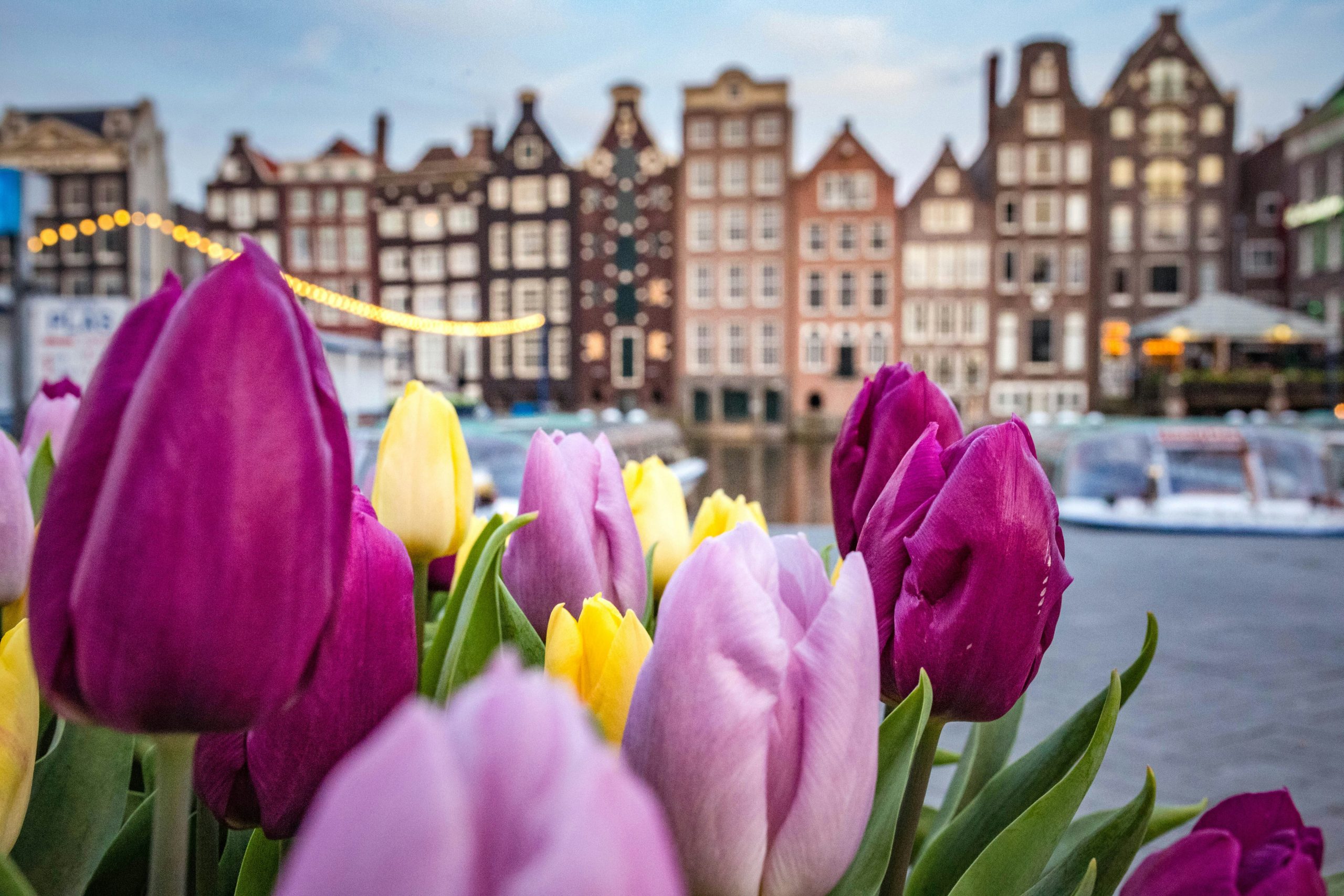Top 5 Reasons You Should Travel to Amsterdam, Netherlands & Belgium
As your travel expert, I’m constantly asked about the best European destinations. After years of planning trips to this incredible region, here are the top 5 reasons why Amsterdam, the Netherlands, and Belgium should be at the top of your travel list.
1. The World’s Most Beautiful Waterways & Engineering Marvels
Why it’s amazing: This region is a masterpiece of human engineering meeting natural beauty. The Netherlands has over 1,000 bridges and 165 canals in Amsterdam alone, while Belgium’s medieval waterways connect historic cities like Bruges and Ghent.
What makes it special: You’re not just seeing pretty canals—you’re witnessing one of humanity’s greatest achievements. The Dutch created land from the sea! Nearly 26% of the Netherlands exists below sea level, protected by an incredible system of dikes, windmills, and water management that’s kept communities safe for over 400 years.
Best way to experience it: Take a canal cruise in Amsterdam at sunset, then explore Belgium’s quieter waterways by river ship. You’ll understand why this region shaped European trade and culture for centuries.
2. Tulip Season: Nature’s Most Spectacular Show
Why you can’t miss it: From mid-March to mid-May, the Netherlands transforms into the world’s largest flower garden. Over 4 billion tulip bulbs bloom across the countryside, creating rainbow carpets that stretch to the horizon.
The fascinating history: Tulips aren’t originally Dutch—they came from Turkey in the 1500s! But the Dutch fell so deeply in love with them that they created “Tulip Mania” in the 1630s, where a single rare tulip bulb could cost more than a canal house in Amsterdam.
Perfect timing: Peak bloom is typically mid to late April. Keukenhof Gardens opens only during tulip season and showcases over 7 million bulbs in stunning displays. But the real magic happens cycling through the countryside flower fields.
Pro tip: Book tulip season trips 12-18 months in advance—this is the most popular time to visit!
3. Profound World War II History That Changed the World
Why it matters: This region holds some of the most important and moving stories of WWII courage, tragedy, and liberation. Understanding this history helps you appreciate the resilience and values of these nations today.
Amsterdam’s story: The Anne Frank House tells the powerful story of a young girl hiding during Nazi occupation, but it’s just one of thousands of similar stories. Amsterdam’s Jewish Quarter was home to a thriving community before the war—today, memorials and museums honor both those lost and the brave Dutch citizens who risked everything to help their neighbors.
Belgian battlegrounds: The Ardennes region saw some of WWII’s fiercest fighting during the Battle of the Bulge in winter 1944-45. Walking these peaceful forests today, it’s hard to imagine the intense battles that helped turn the tide of the war.
Liberation celebrations: Both countries still celebrate Liberation Day with festivals and remembrance ceremonies—the Netherlands on May 5th and Belgium on September 2nd.
4. Medieval Cities That Feel Like Fairy Tales
Why they’re magical: Bruges, Ghent, and Amsterdam’s old quarters look exactly like they did 500-800 years ago. These aren’t reconstructed tourist attractions—they’re living, breathing medieval cities where people still live and work in buildings that witnessed centuries of history.
Bruges – “Venice of the North”: This UNESCO World Heritage city became wealthy through canal trade routes. Today, you can take horse-drawn carriage rides over cobblestone streets and enjoy some of the world’s best chocolate and beer in buildings that are older than America.
Amsterdam’s Golden Age: The elegant canal houses with their distinctive gabled roofs were built by wealthy merchants during the Dutch Golden Age (1600s), when Amsterdam was the world’s richest city.
What makes them special: Unlike many European cities destroyed in wars, these places survived nearly intact. You’re literally walking through living history.
5. The Perfect Region for River Cruising
Why river cruising works here: These waterways were designed for boats! For centuries, merchants, travelers, and goods moved through these canals and rivers. Today’s luxury river ships follow the same routes, but with modern comfort.
Unpack once, see everything: Your floating hotel takes you directly into the heart of each destination. Wake up in Amsterdam, have lunch in a Dutch village, and enjoy dinner in Belgium—all without changing hotels or dealing with luggage.
Intimate experiences: River ships carry only 100-200 passengers and dock right in city centers where buses can’t go. You’ll have personalized service and access to places cruise ships and tour groups can’t reach.
Perfect for all seasons:
- Spring: Tulip blooms and mild weather
- Summer: Long days and outdoor festivals
- Fall: Beautiful colors and fewer crowds
- Winter: Christmas markets and cozy canal-side cafes
When Should You Visit?
For tulips: Mid-March to mid-May (peak: mid to late April) For best weather: May through September For fewer crowds: March, October, November For Christmas magic: November through December For best prices: March and November
Why This Region is Perfect for First-Time European River Cruisers
If you’ve never tried river cruising, this region is ideal because:
- English is widely spoken
- Excellent infrastructure and safety
- Amazing variety in short distances
- Perfect ship sizes and amenities
- Rich history that’s easy to understand and appreciate
Ready to experience the magic of Dutch and Belgian waterways? As your travel expert, I can help you choose the perfect time, route, and ship for your dream European adventure.
Contact me today to start planning your journey through these incredible waterways—where every turn reveals centuries of fascinating history!
